Many landscape designers decribe themselves as having an artistic gift that allows them to do wonderful things through "feeling". I used to believe this as well, but have come to realize that this is not really the case.
I do believe that some people have a greater capacity to observe, and/or process what they observe. We could call that a gift, I suppose.
Some people have a greater desire to credit their abiities to a "gift" than a willingness to attribute it to rational thought. Perhaps it makes them feel special or puts them in an elite class that is inherently exclusive - if you are not "gifted" you can not become so and can never become what they are. Perhaps it is more innocent than that and they simply don't understand their own rational thought process. I really don't know.
I have come to believe that our subconscious is much more keenly attuned to our surroundings and much more observant than our conscious minds. This is what makes us "feel" what is working or what is not. Those whose conscious reasoning mind is aware of what his subconscious recognizes to a limited extent would likely describe himself as an artist and would be more likely to believe that they are gifted to sense what should go where.
A person who makes a greater effort to understand why they feel what they feel is more likely continually take the time to observe what is going on all around in order to better understand what his subconscious is "feeling". Those "feelings" in the subconscious transfer to logical thought when you ask yourself what makes you feel that way. The more you try to answer those questions, the more answers you find and you develop conscious reasoning. Yor thought process moves from the subconscious to the conscious and that allows you to directly correct negatives and create positives.
The more you understand, the more logical the process becomes.
Some of you may make an illogical leap to believe that reasoning equals technical and devoid of artistry or creativity. Many cling so hard to the notion that being artistic is somehow completely separate from rationality. Some may go so far to imply that rationality displaces artistry. I'll be very surprised if there will not be posts in this thread that will support this observation. Every time I bring this subject up that happens.
If my observations are true, this is good news for most people. It means that design can be learned as long as you have the ability to study, observe, understand what you observe and apply what you learn from those acts.
Again, I used to believe that to put together good landscape copmositions one needed to be born with some kind of "gift" or what some would call "an eye". The longer I do it, the more that I believe that it is an entirely logical process. The only difference is how much of it is processed in the background and how much is processed in the foreground.
Why is it more important to process in the foreground (consciously)? First because the more you are aware of, the more options and control you have. Secondly, it gives you a greater ability to describe things to your clients in order for them to get on the same page with you or to get you on the same page as them.
The latter becomes a huge part of functioning as a designer of other peoples projects. It is communication. You simply can not communicate to someone by owning a feeling. It has to be presented in such a way that it can be understood. If you don't understand what you are doing anymore than having it feel right to you, you are left without an ability to communicate how the client will gain that same feeling. That is an extreme deficit to have in a competitive field.
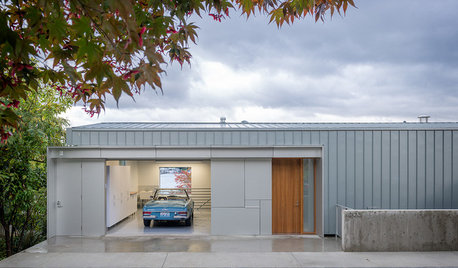
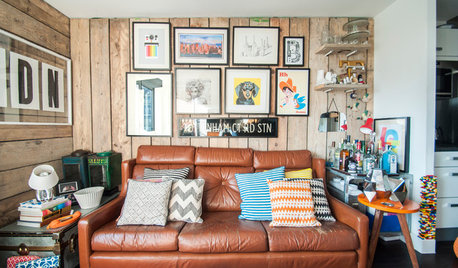

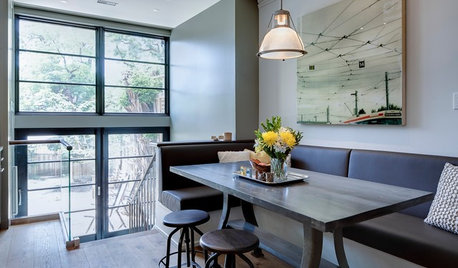
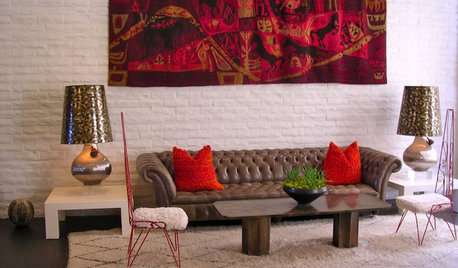
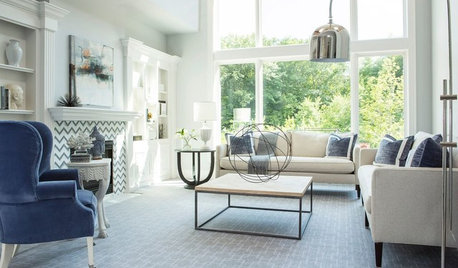
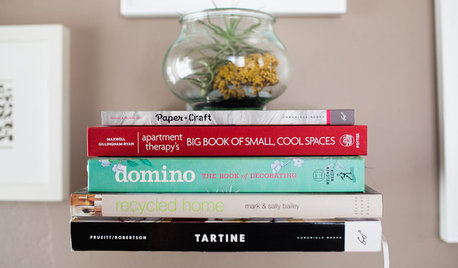













drtygrl
catkim
Related Professionals
Maple Valley Landscape Architects & Landscape Designers · Signal Hill Landscape Architects & Landscape Designers · Maple Heights Landscape Architects & Landscape Designers · Gainesville Landscape Contractors · Milford Landscape Contractors · Athens Landscape Contractors · Danvers Landscape Contractors · Lorain Landscape Contractors · New Baltimore Landscape Contractors · Wethersfield Landscape Contractors · Fresno Decks, Patios & Outdoor Enclosures · Salem Decks, Patios & Outdoor Enclosures · South Lyon Decks, Patios & Outdoor Enclosures · Folsom Swimming Pool Builders · Ontario Swimming Pool Builderstimbu
woodyoak zone 5 southern Ont., Canada
reyesuela
gardengal48 (PNW Z8/9)
lehua49
peachymomo
Frankie_in_zone_7
stormz4
laagOriginal Author
Frankie_in_zone_7
isabella__MA
laagOriginal Author
nandina
mjsee
reyesuela
Embothrium